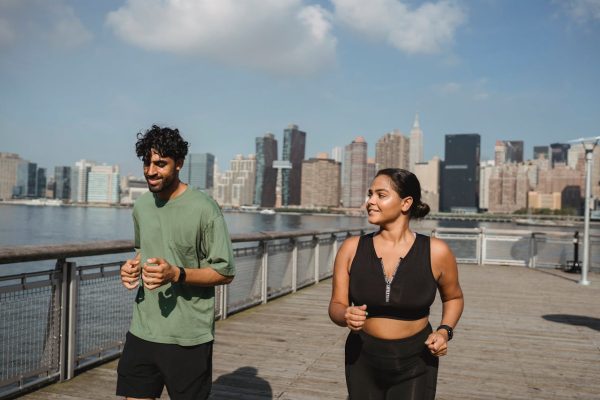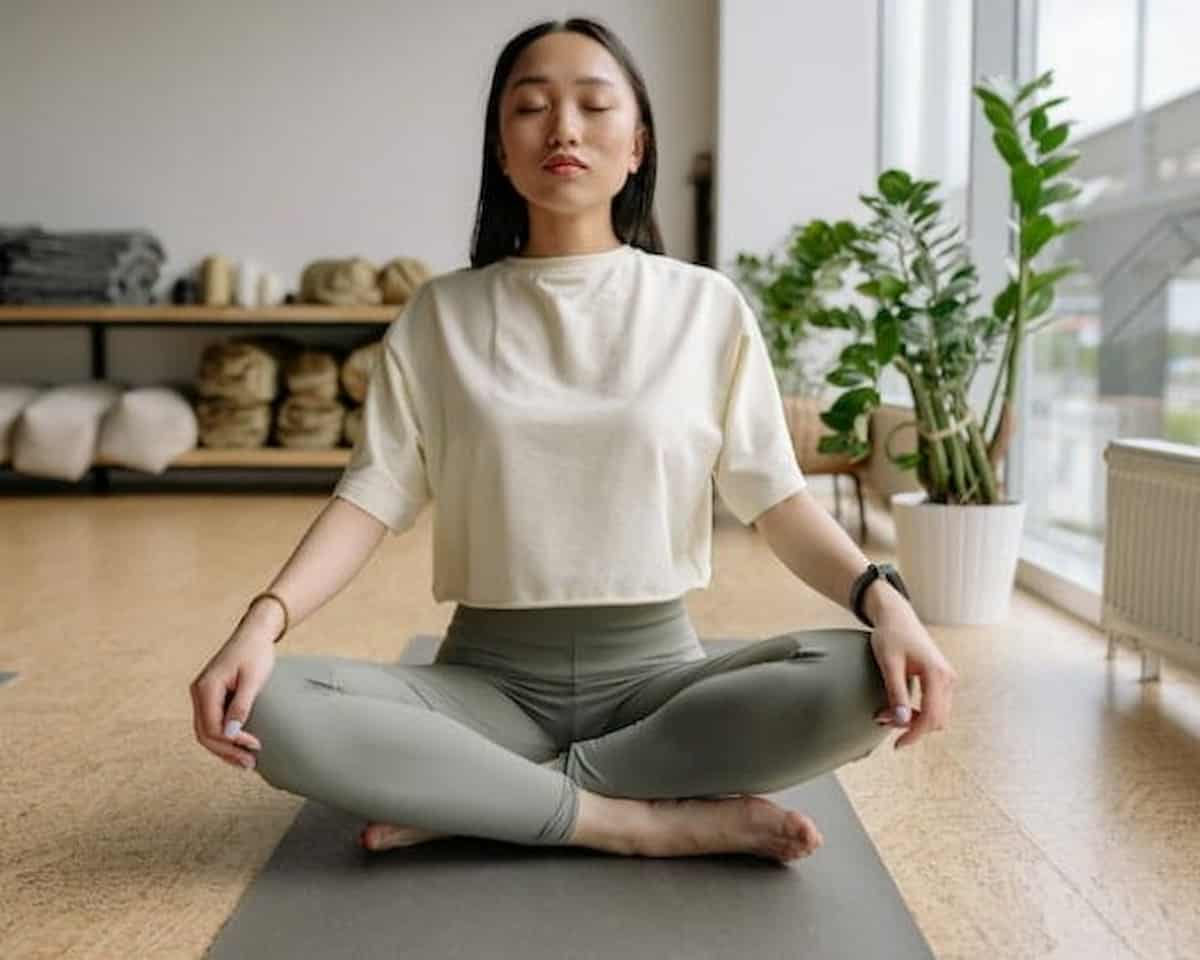We already know how important it is to apply the right sunscreen to protect not only from sunburn and sun damage but also from skin cancer. However, sunscreen is not always effective, especially when not applied properly (or not applied at regular intervals). Clothes with sun protection can be useful there, as a way to protect your skin from the sun’s harmful UV rays.
What clothes protect you from the sun?
These include t-shirts, pants, and hats that have built-in UV protection. This specialized material is designed to prevent harmful ultraviolet radiation from reaching the skin using different types of weave and the density of the fibers within the fabric.
Unfortunately, normal clothing does not protect us from these harmful UV rays, which can lead to chronic damage from the ultraviolet radiation that accumulates in the DNA of our cells.
If the goal is to cover, sun-protective clothing can give us extra protection for the face, hands, and other areas of the body, where it is difficult to apply sunscreen on our own, such as the back.
What is UPF?
Experts assign a UPF rating to each clothing item, with which we measure how effective it is at UV protection. A simple t-shirt provides minimal sun protection (about 7, which is insufficient), but most sun-protective clothes have a UPF rating of 30 or higher to be considered really protective.
A simple trick to see if your clothes offer sun protection is to keep them in the sun. If you can see the sun or its light passing through the t-shirt, then UV rays can easily pass through and reach your skin.

How to choose the right ones
Here are some features to keep in mind when choosing clothes with sun protection:
1. UPF level
Just as sunscreen comes in different SPF levels, sun-protective clothes are available in a variety of UPF ratings. UPF 50+ is the highest level of protection you can receive, while UPF 30 is the lowest rating that can qualify.
For people with light skin, light eyes, and light hair, experts recommend looking for UPF 50+ items to ensure the best possible protection.
2. Color
The darker and brighter the color of the clothes, the more protection they are likely to provide. Dark colors absorb light rays, preventing harmful UV rays from reaching the skin.
Light colors tend to be more preferred because they keep you cooler, but darker, more vibrant shades will offer better protection.
3. Weave
It is also important to consider the high number of threads and the tight weave when choosing sun-protective clothing, as both features provide more protection. Dense materials and some synthetic fibers offer more protection than transparent, thin, and loosely woven materials.
A quick way to check is to keep the garment in the light, and if you can see through it, ultraviolet radiation can penetrate it.


















